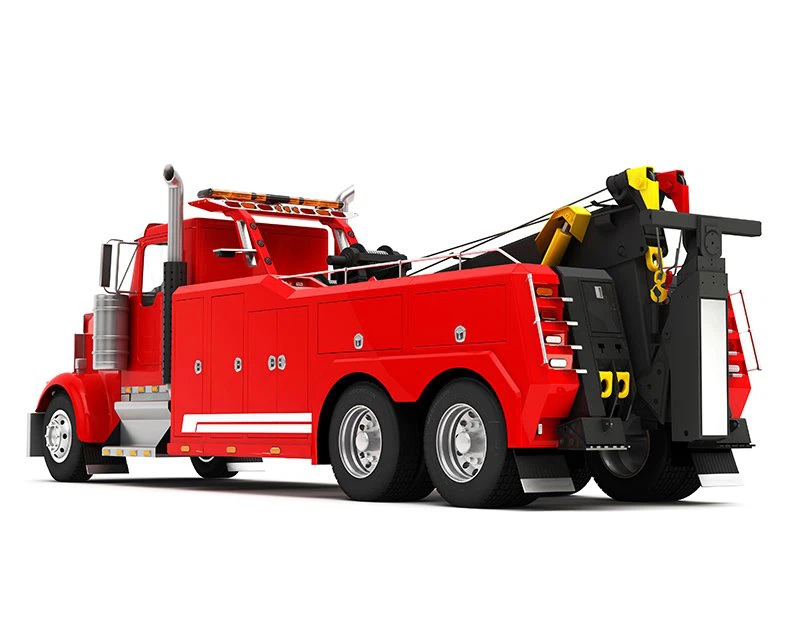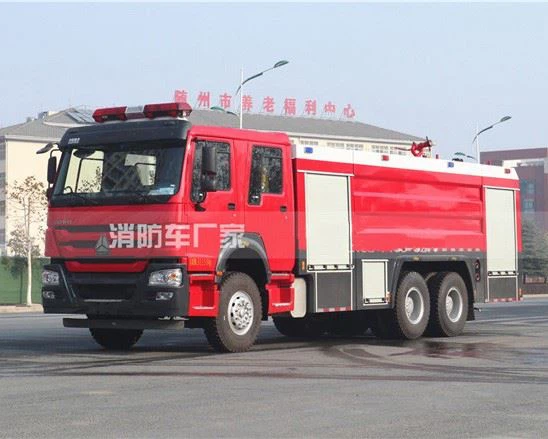Everything You Need to Know About Fuel Delivery Trucks

Introduction
Fuel delivery trucks are an essential component in the logistics of transporting fuel to various locations, making them integral to countless industries. These trucks ensure that businesses, homes, and public services receive the necessary fuel for their operations. Understanding the mechanics, regulations, benefits, and considerations associated with fuel delivery trucks can provide valuable insights for consumers and businesses alike. This comprehensive article aims to cover all aspects of fuel delivery trucks, including their types, operations, safety measures, and much more.
Types of Fuel Delivery Trucks
1. Tanker Trucks
Tanker trucks are specialized vehicles designed to carry liquids, including various types of fuels such as gasoline, diesel, and jet fuel. They typically feature a cylindrical shape to accommodate the fluid dynamics of the liquid being transported.
1.1. Single Compartment Tankers
These tankers have one large compartment, ideal for transporting a single type of fuel. They are commonly used for bulk deliveries.
1.2. Multi-Compartment Tankers
Multi-compartment tankers can carry different grades of fuel or multiple types of liquids, allowing for more flexibility during deliveries.
2. Bobtail Trucks

Bobtail trucks are smaller trucks without a trailer. They are often used for local deliveries of fuel to businesses and residences, suitable for short-distance transport.
3. Mobile Fueling Units
These units are compact and designed for quick deliveries, often used at construction sites and events where temporary fuel solutions are needed.
Fuel Delivery Operations
1. Scheduling Deliveries
Proper scheduling is crucial for efficient fuel delivery operations. Businesses often use management software to track fuel levels, forecast needs, and schedule deliveries accordingly.
2. Route Optimization
Using GPS technology and route optimization software can ensure that fuel delivery trucks take the most efficient paths, reducing fuel consumption and delivery times.
3. Loading and Unloading Procedures
Loading and unloading fuel requires specific protocols to enhance safety. These include grounding the truck, using vapor recovery systems, and adhering to relevant regulations.
Compliance and Regulations

1. Safety Regulations
Delivery trucks must comply with strict safety regulations set by the Department of Transportation (DOT) and local regulatory bodies. This includes maintaining proper vehicle inspections and ensuring drivers have the necessary training.
2. Environmental Regulations
Fuel delivery trucks must also adhere to environmental regulations to minimize spills and emissions during transport. Compliance with regulations such as the Clean Water Act is essential in safeguarding the environment.
Benefits of Using Fuel Delivery Trucks
1. Convenience
Fuel delivery trucks provide convenience by delivering fuel directly to the customer’s location, saving time and resources for businesses and homeowners.
2. Cost-Effectiveness
Buying fuel in bulk through delivery services can lead to significant cost savings, especially for businesses that require large amounts of fuel regularly.
3. Reliability

Reliable delivery schedules ensure that businesses have the fuel they need, preventing disruptions to operations.
Challenges in the Fuel Delivery Industry
1. Vehicle Maintenance
Regular maintenance is essential for ensuring the safety and efficiency of fuel delivery trucks. Failure to maintain vehicles can lead to breakdowns, which could disrupt delivery schedules.
2. Market Fluctuations
The fuel market is subject to price fluctuations, which can affect delivery costs and customer pricing. Businesses must remain agile in their operations to adapt to changing market conditions.
Technology in Fuel Delivery
1. Fuel Management Systems
Technology such as fuel management systems provides real-time data on fuel levels, consumption patterns, and delivery schedules, thus enhancing operational efficiency.
2. Automated Locking Systems
Automated locking systems on fuel tanks can enhance safety and prevent unauthorized access to fuel during transport.
Tips for Choosing a Fuel Delivery Service
1. Assess Delivery Options
Consider a service that offers flexible delivery options tailored to your business needs, such as scheduled deliveries or emergency services.
2. Check for Compliance
Ensure the delivery service complies with all local and federal regulations, as this affects the safety and reliability of the service.
3. Read Reviews and Testimonials
Look for reviews from past customers to gauge the reliability and service quality of the fuel delivery provider.
Frequently Asked Questions (FAQs)
1. What types of fuels can be delivered by fuel delivery trucks?
Fuel delivery trucks can transport various types of fuels, including gasoline, diesel, kerosene, and jet fuel, among others.
2. How are fuel delivery trucks regulated?
Fuel delivery trucks are regulated by the Department of Transportation (DOT) and must adhere to safety and environmental regulations.
3. What safety measures are taken during fuel delivery?
Safety measures during fuel delivery include grounding the vehicle, using vapor recovery systems, and ensuring drivers are properly trained.
4. How do I choose a good fuel delivery company?
Look for a company that offers flexible scheduling, adheres to regulations, and has positive customer reviews.
5. Can I track my fuel delivery truck?
Many fuel delivery services provide tracking options via GPS or their mobile app, allowing customers to monitor delivery times and routes.
6. What should I do if there’s a fuel spill during delivery?
If a fuel spill occurs, it is essential to contact emergency services immediately and follow the emergency procedures laid out by your fuel delivery provider.
Conclusion
Fuel delivery trucks play a vital role in maintaining the supply of fuel for various needs. By understanding the different aspects of fuel delivery, businesses and homeowners can make informed decisions when selecting a service provider, ensuring they receive reliable and safe fuel deliveries tailored to their specific requirements.
